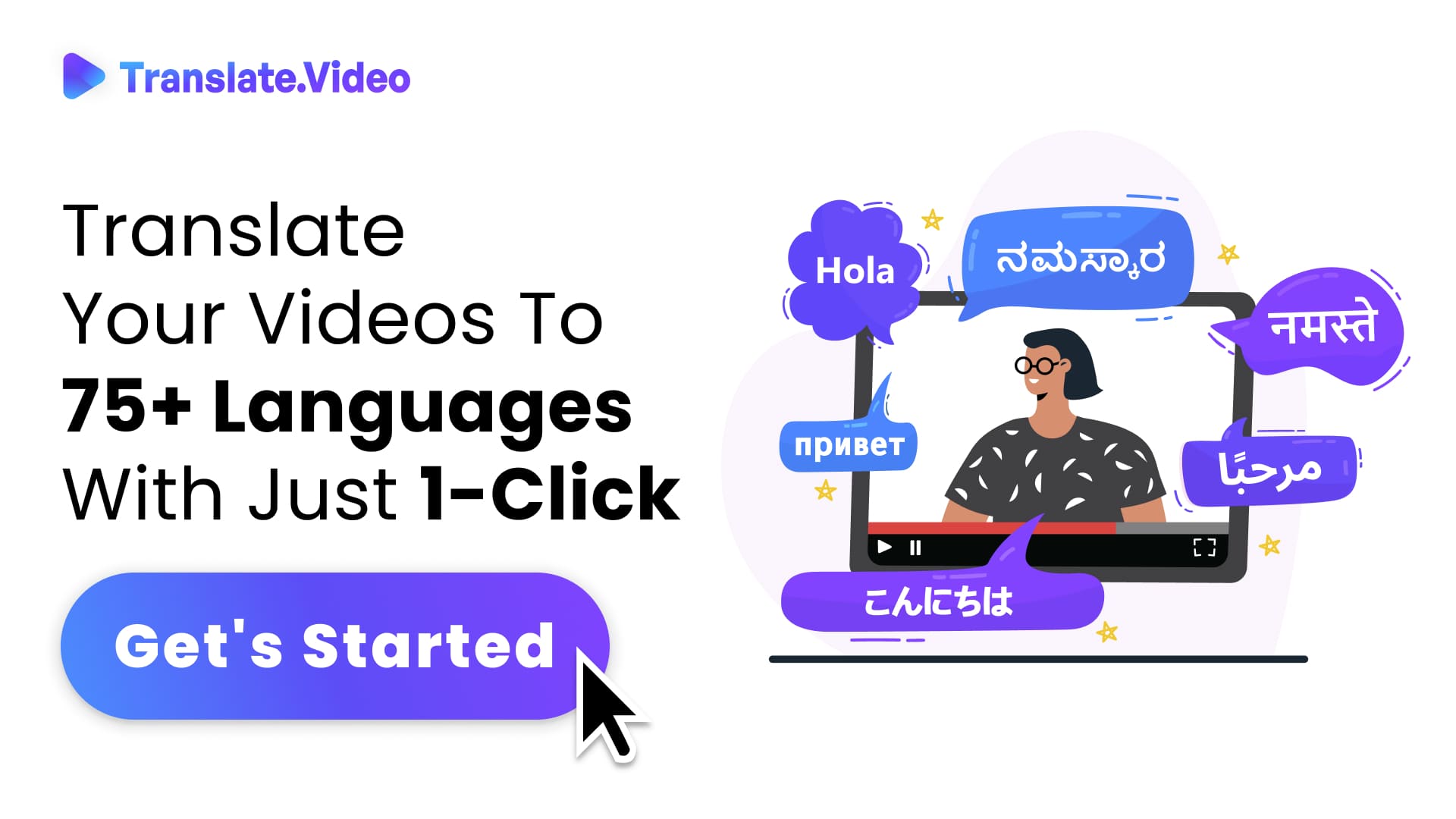Unlocking Global Engagement: Facebook's Video Translation as a Bridge to Language Barriers
Breaking Barriers: How Facebook's Video Translation Bridges Language Gaps
In today's connected world, language should not be a barrier to sharing ideas and engaging with diverse audiences. Thanks to features like video translation on platforms like Facebook, it's now possible to reach viewers in their native language, thus creating a more inclusive and engaging social media experience. This blog post will delve into the power of Facebook's video translation features in bridging language gaps and fostering global connections.
As a content creator, reaching out to a broad audience is a constant pursuit. With video translation, you can essentially break down the language barriers that limit your reach. Let's explore how this can be accomplished on Facebook.
Breaking Barriers: How Facebook's Video Translation Bridges Language Gaps
Offering Accessibility with Subtitles
By adding subtitles in different languages to your Facebook videos, you increase accessibility, allowing non-native speakers or those with hearing difficulties to engage with your content.
Connecting Cultures through Localization
Localization goes beyond simple translation. By adapting your content to different cultural contexts, you connect more deeply with viewers from around the world.
Expanding Reach with Translated Descriptions and Titles
Translating video descriptions and titles into multiple languages helps increase your content's visibility on global search results.
Leaning on Automated Translation Tools
While they may not be perfect, Facebook's automatic translation tools can help to offer basic translations of your video content.
Conclusion
Facebook's video translation features offer an effective way to bridge language gaps and create a more inclusive content experience. By incorporating translation and localization strategies, you can significantly expand your reach, improve viewer engagement, and foster a stronger connection with a global audience.
FAQs
1. How can I add subtitles to my Facebook videos?
You can add subtitles to your Facebook videos by uploading a SubRip (.srt) file in the language of your choice. This allows you to provide accurate translations that cater to your global audience.
2. What is localization and how is it different from translation?
Localization involves not just translating the language of the content but also adapting it to suit a specific culture, considering elements such as local idioms, cultural references, and humor. In contrast, translation focuses mainly on converting content from one language to another.
3. Can Facebook automatically translate my video content?
Facebook can automatically generate captions for your videos, but these aren't translated into different languages. For accurate translations, it's recommended to create and upload your own translated subtitle files or use professional translation services.
4. Why should I translate the description and title of my Facebook videos?
Translating the description and title of your Facebook videos can help you reach a wider audience as your videos become discoverable by users searching in their native languages.
5. How does video translation on Facebook enhance viewer engagement?
Video translation on Facebook enhances viewer engagement by making your content more accessible and relatable to a global audience. Users are more likely to engage with, share, and respond to content presented in their native language.
Trending Tags
Trending Blogs
What are you waiting for?
Your Dubbing, Subtitles, Captions in one place
Signup free!
